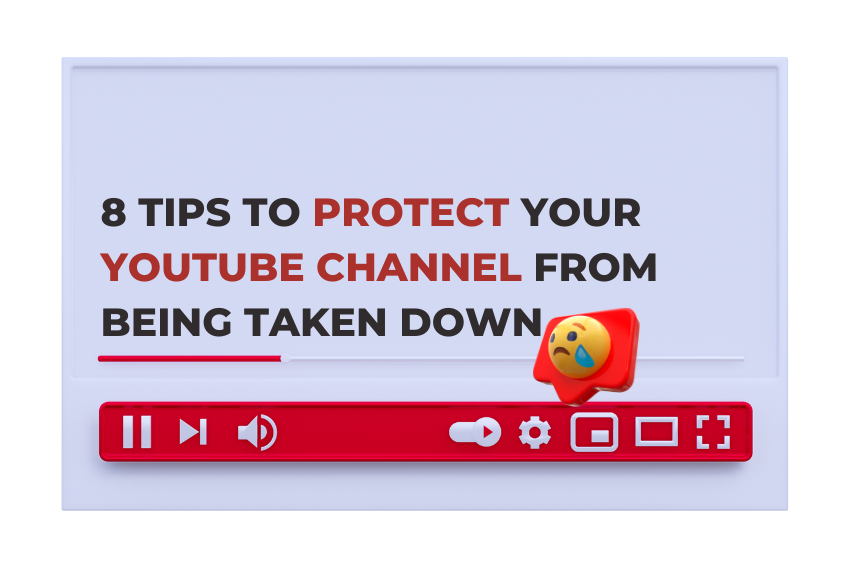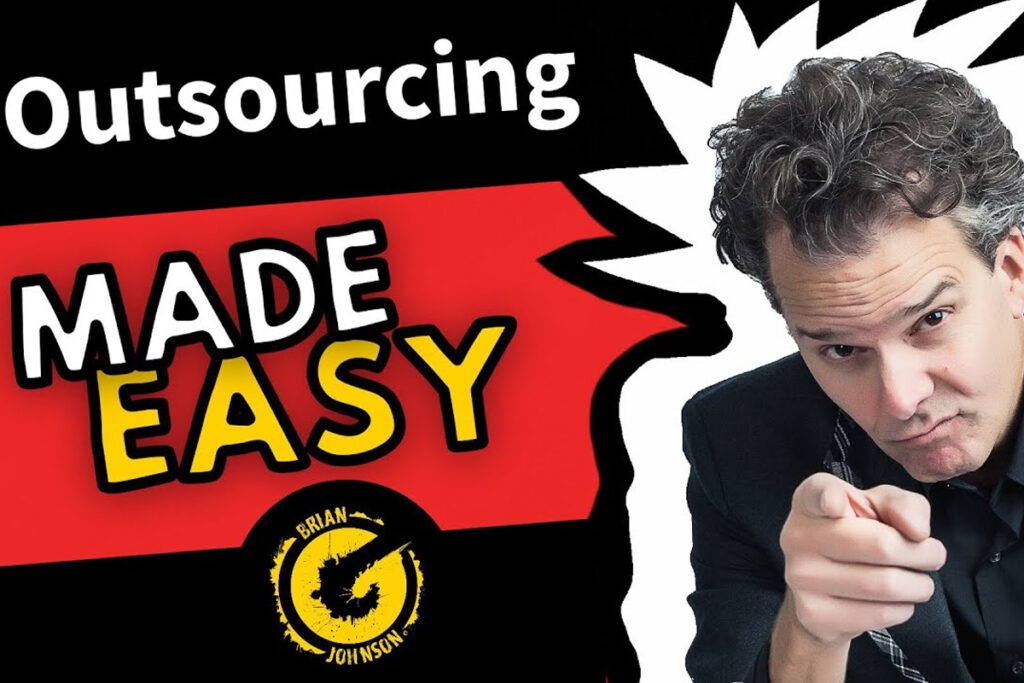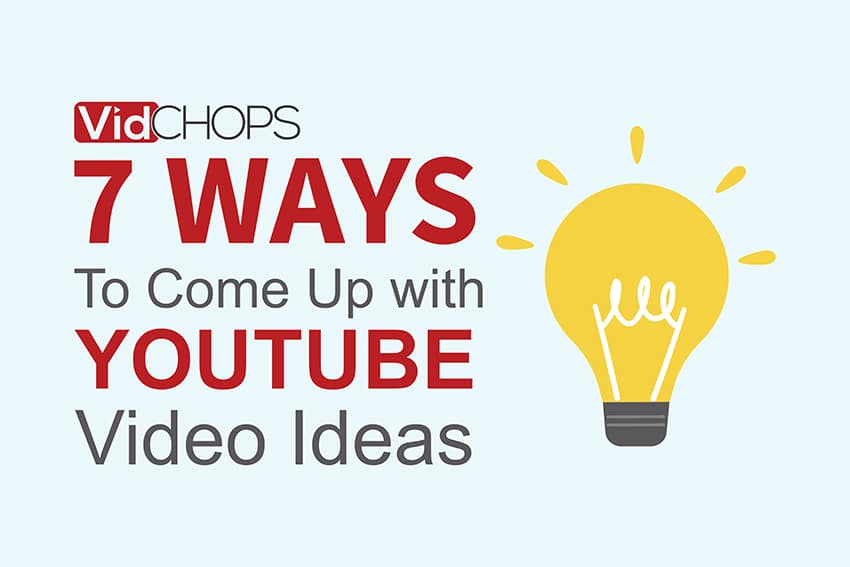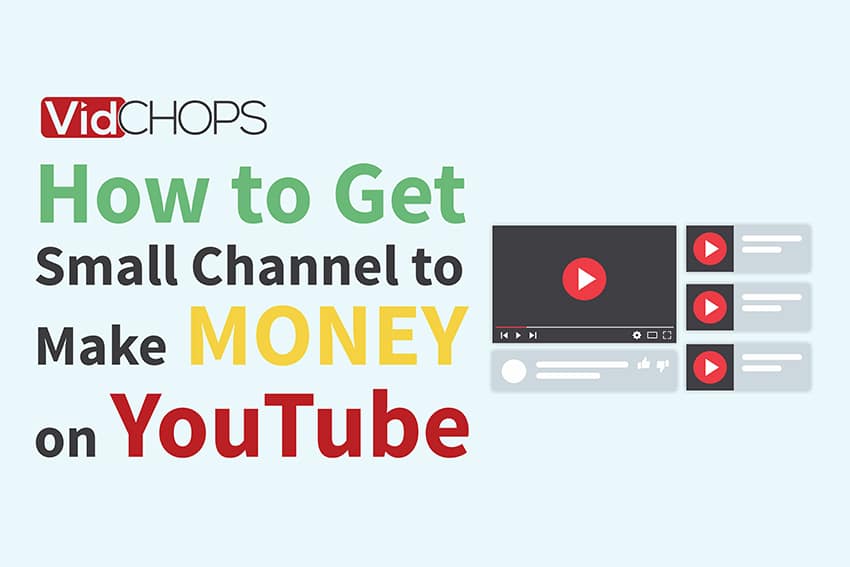How Top Video Creators Turn Simple Views Into 7-Figure Businesses
We break it all down on The Video Creatr Show, click the link below.
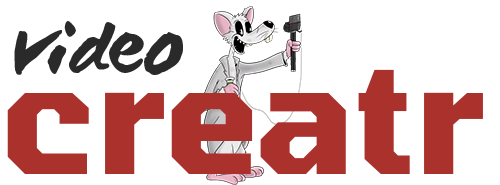
You put a lot of work into your YouTube channel, whether you’ve had it for a few months or a few years. How horrible would it be if your channel got taken down because of a simple and easily preventable mistake?
Every quarter, YouTube takes down millions of videos for violating community guidelines. How can you make sure your channel isn’t part of this group?
In this guide, we share eight essential tips that can help you protect your YouTube channel and ensure you can continue building your following and generating revenue from your videos.
- 1. Don’t Use Copyright-Protected Clips or Images in Your Videos or Thumbnails
- 2. Don’t Use Official Logos in Your Thumbnails
- 3. Let People Know When You’re Using Affiliate Links
- 4. Don’t Use Copyright-Protected Music
- 5. Don’t Use Copyright-Protected Music
- 6. Don’t Buy Views or Subscribers
- 7. Don’t Make Sub-for-Sub Requests or Other Types of Spam Comments
- 8. Make Sure Old Videos Are Compliant
- Start Protecting Your Channel Today
1. Don’t Use Copyright-Protected Clips or Images in Your Videos or Thumbnails
Copyright claims are some of the most common reasons why videos or channels get removed from YouTube — including claims related to images and video clips.
If a copyright holder finds that you’ve used an image or video clip without their permission, they could ask YouTube to take your video down. Even something as simple as using an image of a movie star from Google Images could get you in trouble, as the owner of that image could go after you and demand that you take your video down.
Many YouTubers think they’re safe in using protected clips or images in their videos and thumbnails because of the fair use doctrine of the United States copyright statute.
The fair use doctrine states that people, including YouTube creators, can use copyright-protected material in certain situations, even if they don’t have permission from the copyright holder. Examples of these situations include the following works:
- Commentary
- Criticism
- Research
- Education
- New reporting
While you may be able to justify the use of copyrighted images or clips under the fair use doctrine, including copyright-protected material in your videos can still get your channel flagged. Keep in mind, too, that if you get a copyright claim on a video, you can’t earn ad revenue from it.
To make things as simple as possible, make sure you have full ownership over any media that you’re using in your videos.
2. Don’t Use Official Logos in Your Thumbnails
Business logos often show up in YouTube video thumbnails, often because someone is reviewing a product, sharing their views on a company, etc.
In some cases, though, people include a business logo because they want to tap into the traffic that the company generates.
If you’re not associated with a company but use its logo in your thumbnail, you could be considered to be misleading viewers — especially if you don’t make it clear that you have no affiliation with the business. As a result, your channel could get taken down because of trademark infringement.
To avoid this issue altogether, just leave official logos out of your thumbnails unless you have an actual association with the brand.
3. Let People Know When You’re Using Affiliate Links
Including affiliate links in your video description can be a great way to earn extra revenue from your videos. However, if you don’t include a disclaimer stating that you’re using affiliate links, you could get in trouble.
The Federal Trade Commission (FTC) has specific guidelines that YouTubers (and other affiliate marketers) must follow. These guidelines include publishing a clear and conspicuous disclaimer informing viewers that you will receive a commission if they click on the link in your description and make a purchase.
Many companies with affiliate programs also require all affiliate marketers to disclose their links, too. If you don’t abide by these rules, you could lose not only your YouTube channel but also your status as an affiliate marketer with a company you love.
Remember that you also must include an affiliate disclaimer for other forms of compensation, such as free products or payment in exchange for a video review.
4. Don’t Use Copyright-Protected Music
It’s a myth that you can use a few seconds or even one second of a song — unless you get a license to use a particular track (which is difficult, not to mention expensive). Stay away from copyright-protected music when creating your videos.
The good news is that there are plenty of platforms you can use to access copyright-free music, including the following:
With so many sources of royalty-free music, there’s no need to rely on copyright-protected songs. No matter how much you love a song or think it works for your video, it’s not worth getting your entire channel taken down, right?
5. Don’t Use Copyright-Protected Music
Lots of YouTubers host giveaways without any regard for the site’s rules and guidelines — and there are a lot of them regarding contests and giveaways.
Here are some examples of the restrictions and requirements you must abide by when creating and publishing a giveaway video:
- You, the channel owner, are solely responsible for the contest.
- The contest must comply with all relevant laws (including federal, state, and local laws).
- Your contest cannot infringe upon or encourage infringement upon third-party rights, nor cannot it encourage participation in unlawful activity.
- Your contest must be free to enter.
- You cannot manipulate YouTube metrics to misrepresent viewer engagement.
- You cannot associate YouTube with the contest in any way.
- You must include a set of “Official Rules” for your contest and conduct your contest according to those rules.
- Your rules must include links to YouTube Community Guidelines and clarify that entries not complying with those guidelines will be disqualified.
- You must include a privacy notice in your rules explaining how you will use personal data collected as part of the contest.
Make sure you include your official rules in the description of the video, along with a statement explaining that YouTube is not affiliated with the contest in any way. When making any kind of disclosure, it’s best to err on the side of being overly detailed rather than risking leaving anything out.
6. Don’t Buy Views or Subscribers
If you buy views or subscribers, you can lose your YouTube channel, no matter what the service tells you (some might claim to do things in a particular way that won’t get flagged by YouTube, but there’s no way for them to guarantee that).
Buying views or subscribers is considered a violation of YouTube’s community guidelines. Under the platform’s Fake Engagement Policy, you cannot use anything that “artificially increases” views, likes, comments, etc.
It takes longer to build your YouTube channel organically. It’s worth it to do things the right way the first time around, though. Otherwise, you could end up losing the channel and starting back over from zero.
7. Don’t Make Sub-for-Sub Requests or Other Types of Spam Comments
Maybe you know that buying subscribers is a bad idea. Asking people to subscribe to your channel is fair game, though, right?
Not necessarily.
Sub-for-sub requests — when you ask someone to subscribe to your channel in exchange for subscribing to theirs — might seem totally fine at first.
However, YouTube does not allow users to leave excessive amounts of comments that are “identical, untargeted or repetitive” — and sub-for-sub requests fall under that category, especially if you’re going from video to video, leaving comments asking people to subscribe to your channel.
If you get caught making sub for sub-requests, you could get shadow-banned on YouTube or have your channel taken away altogether.
8. Make Sure Old Videos Are Compliant
You now know the rules and best practices that can keep your channel compliant and save you from getting taken down. However, it’s not enough to be compliant moving forward.
To be extra safe, it’s best to go back and make sure all your old videos are also compliant. Doing so might include changing thumbnails, removing copyright-protected music or video clips, or updating video descriptions to clarify affiliate links.
This task is tedious and time-consuming — there’s no denying it. However, it’s not as tedious and time-consuming as starting a brand new YouTube channel because your first one got taken down for violating community guidelines.
Keep in mind that new people find your channel and watch your old videos all the time. That creates opportunities for them to be misled, listen to or watch copyright-protected material, etc., and that’s why you need to make sure every video on your channel is abiding by every rule and requirement that YouTube has in place.
Start Protecting Your Channel Today
Millions of videos get removed from YouTube each year, and in many cases, the channel owner has no idea that they’ve violated community guidelines or done anything wrong. Follow the steps shared above to protect your channel and ensure it’s compliant.
Do you need help editing your videos to ensure they abide by YouTube’s rules and regulations? Do you just want a team of professionals to make the video production process a bit easier?
Either way, our team at Vidchops can help. Subscribe and get started today!
